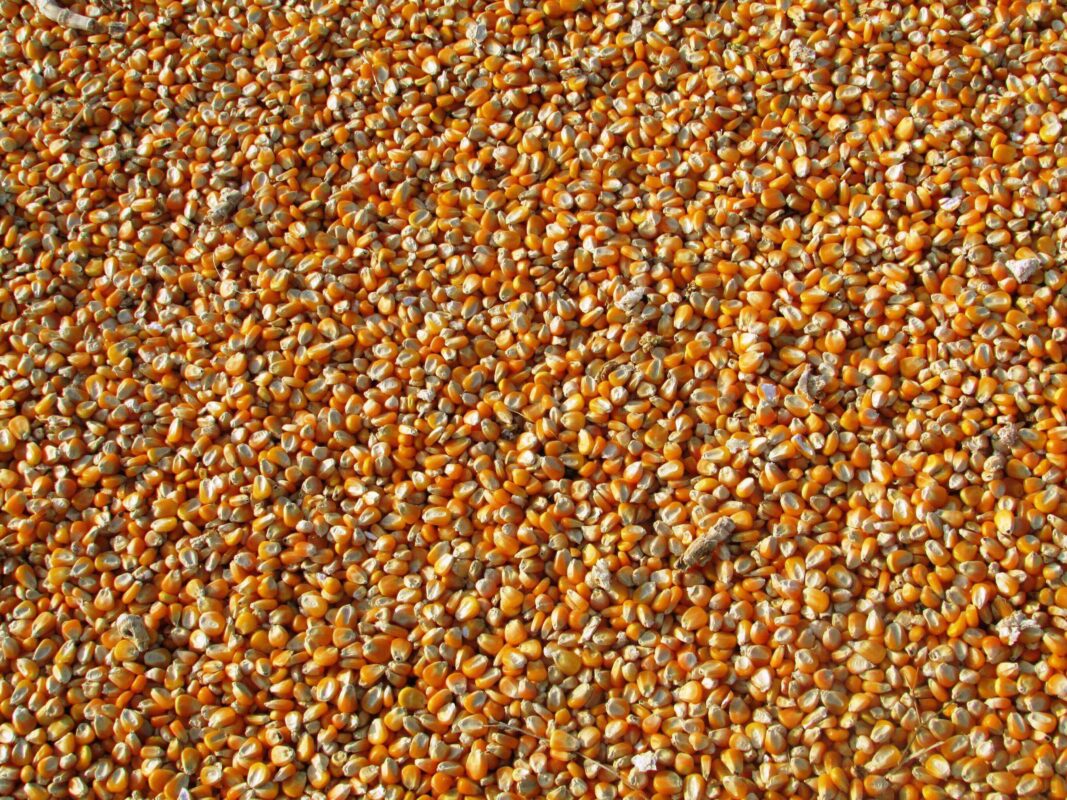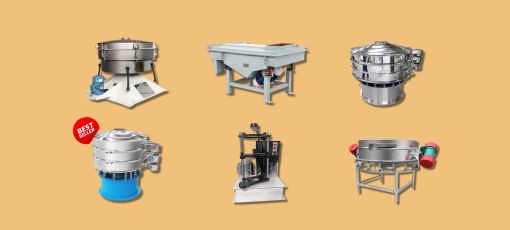The Demand for Uniformity: Why Coconut Flake Processing Requires Technological Rigor
As global demand for plant-based and functional foods accelerates, coconut derivatives—particularly coconut flakes—have emerged as a high-value commodity across food manufacturing, confectionery, and health-centric product categories. To meet escalating production quotas without compromising on safety or texture uniformity, manufacturers are turning to industrial systems that can process raw coconuts with precision and consistency. At the forefront of this paradigm shift stands Aman, a machinery manufacturer whose coconut flakes processing technology is setting new benchmarks for automation, hygiene, and performance.
The coconut, though simple in appearance, presents formidable mechanical challenges. From dehusking to deshelling and meat extraction, each phase demands calibrated force and precision alignment to prevent kernel damage and ensure optimal yield. Flake production requires an even more stringent protocol. The thickness of each flake must be meticulously controlled; irregularity can result in inconsistent drying, microbial instability, and product rejection. Recognizing these critical thresholds, Aman engineered a solution that integrates real-time control systems, ergonomic machine design, and multi-phase automation.
Aman‘s coconut flakes machine embodies an intelligent design framework. It begins with a rapid rotary slicer that minimizes mechanical stress on the kernel while ensuring dimensionally consistent slices. Immediately after shelling, grade and sieve out impurities using an advanced sorting module that includes both optical and vibratory classifiers. By the time the flakes reach the drying stage, they have already passed through an integrated pre-sorting system that eliminates fibrous residue and other contaminants—a process crucial to meeting international safety certifications such as ISO 22000, HACCP, and BRCGS.
Further distinguishing the system is its modularity. Each unit—from flake cutter to dryer, from classifier to packaging line—operates in synergy through programmable logic controllers (PLCs), which allow for seamless system-wide communication. These PLCs regulate temperature, slicing speed, vibration frequency, and even environmental parameters such as ambient humidity, making the entire processing chain robust and self-correcting. This automation translates into drastically reduced human error, consistent output across batches, and predictable processing timelines, even during intensive 24/7 operations.

The Critical Role of the Commercial Sieve Machine and Sieve Shaker Technology
Precision in coconut flake production extends beyond cutting and drying. It culminates in the grading and purification stages, where flake size uniformity and the removal of contaminants determine the final product’s market viability. At this junction, the role of the commercial sieve machine becomes indispensable. Integrated into Aman‘s processing line, this machine functions as the definitive quality gatekeeper, enforcing strict particle uniformity and hygiene standards with relentless accuracy.
The commercial sieve machine utilizes high-frequency vibratory motion and layered mesh systems to differentiate between usable flakes and oversize, undersize, or irregular fragments. What sets it apart is not merely its mechanical function, but its intelligent adaptability. Equipped with auto-tensioning mesh frames, self-cleaning vibratory screens, and AI-assisted feedback loops, this sieve system operates at peak efficiency with minimal downtime. It ensures that only flakes within specified dimensions advance to the next phase, while irregular material is redirected or discarded based on programmable thresholds.
Coupled with this is the sieve shaker machine, a complementary component that brings added refinement. This system applies controlled vibratory amplitudes and frequencies to achieve maximum separation efficacy. Where traditional screening systems falter due to clogging or inconsistent vibration, Aman‘s sieve shaker machine excels with its dual-motor configuration and synchronized oscillation control. The result is superior throughput with no compromise on accuracy—an essential requirement for high-volume producers serving premium markets.
These machines do more than classify. They act as continuous feedback instruments, analyzing flow rate, particle load, and screen wear in real time. Data collected from built-in sensors feeds into a central control unit, enabling predictive maintenance and optimizing machine calibration for each batch. This level of control not only increases equipment lifespan but also enhances the traceability of every flake produced—a feature increasingly demanded by global food supply chains.
Equally important is the hygienic design of both the commercial sieve machine and sieve shaker machine. Constructed entirely from food-grade stainless steel and sealed against moisture ingress, these systems conform to the most rigorous standards of sanitary engineering. They support clean-in-place (CIP) systems and tool-free disassembly, significantly reducing downtime during maintenance and minimizing the risk of microbial contamination. For processors exporting to jurisdictions like the European Union, Japan, or North America—where inspections are stringent and consumer expectations exacting—such compliance is not optional, but essential.

Global Processors Choose Aman: Performance, Reliability, and Strategic Advantage
In a competitive global market, processors of coconut products face mounting pressure to increase capacity while maintaining consistent quality. Manual or semi-automated systems simply cannot meet these twin imperatives. Across processing hubs in Southeast Asia, South Asia, Africa, and emerging markets in Latin America, manufacturers are transitioning to fully integrated systems, with Aman consistently emerging as the vendor of choice. This shift is driven by performance metrics that clearly distinguish Aman from competitors: reduced product loss, improved classification accuracy, minimal machine downtime, and superior post-sales support.
A cornerstone of Aman‘s dominance is its understanding of regional variances in coconut type, ambient processing conditions, and labor infrastructure. The coconut flakes machine can be calibrated to accommodate mature, semi-mature, or tender varieties; the cutting blades are engineered for long-lasting sharpness and easily replaceable via slide-lock mechanisms. Its energy consumption profile is optimized for both grid-tied and generator-powered operations—crucial for rural processing units in tropical regions where power interruptions are frequent.
Scalability also plays a critical role. Whether the facility processes 1 ton or 10 tons of raw coconut per day, Aman offers configurable machinery packages that grow with the business. This modularity is not limited to equipment size, but extends to software interoperability, allowing integration with existing ERP systems, traceability software, and inventory control modules. Such connectivity enables real-time inventory forecasting, batch-level tracking, and quality audit readiness, aligning small and medium enterprises with the operational transparency of multinational corporations.
After installation, Aman continues to deliver value through rigorous training programs, multilingual operator manuals, and 24/7 virtual troubleshooting services. The onboarding process is structured to ensure operators can maximize machine functionality from day one. Technicians receive digital toolkits including schematics, performance logs, and preventive maintenance checklists, enabling them to maintain peak performance with minimal external intervention. This proactive service model has made Aman not just a machinery supplier, but a strategic partner for coconut processors seeking sustained market relevance.
Furthermore, environmental sustainability—a non-negotiable consideration in today’s industrial landscape—is deeply embedded in Aman‘s machine architecture. Heat recovery systems, energy-efficient motors, and minimal water usage during cleaning cycles contribute to a lower carbon and resource footprint. These environmental efficiencies are not merely beneficial—they are increasingly required by global buyers who mandate sustainability disclosures from their supply chains.

In an era defined by automation, compliance, and precision, coconut flake processors cannot afford outdated or inefficient systems. The machinery must be intelligent, adaptable, and uncompromising in its output. With cutting-edge modules like the commercial sieve machine, the sieve shaker machine, and end-to-end automation after shelling, grade and sieve out impurities, Aman has emerged as the definitive standard-bearer for high-capacity, high-integrity coconut flake production. Manufacturers investing in this technology are not just enhancing operational performance—they are fortifying their place in a rapidly evolving global food economy.
